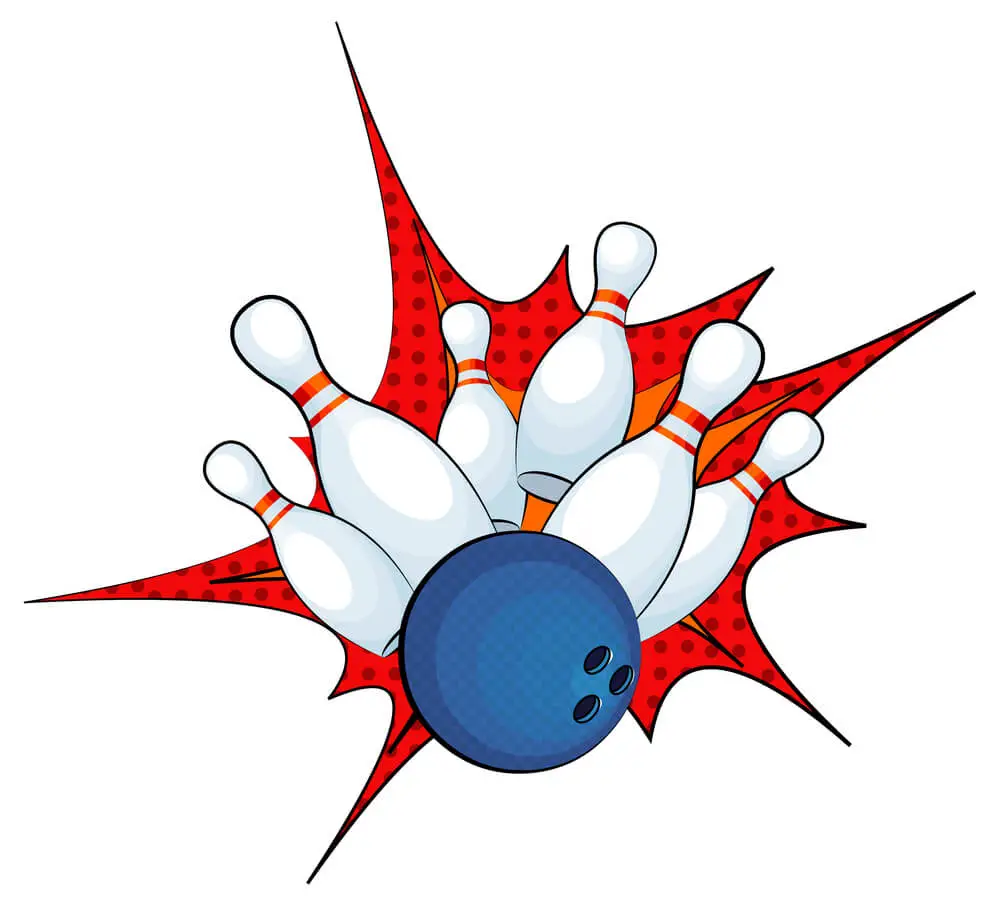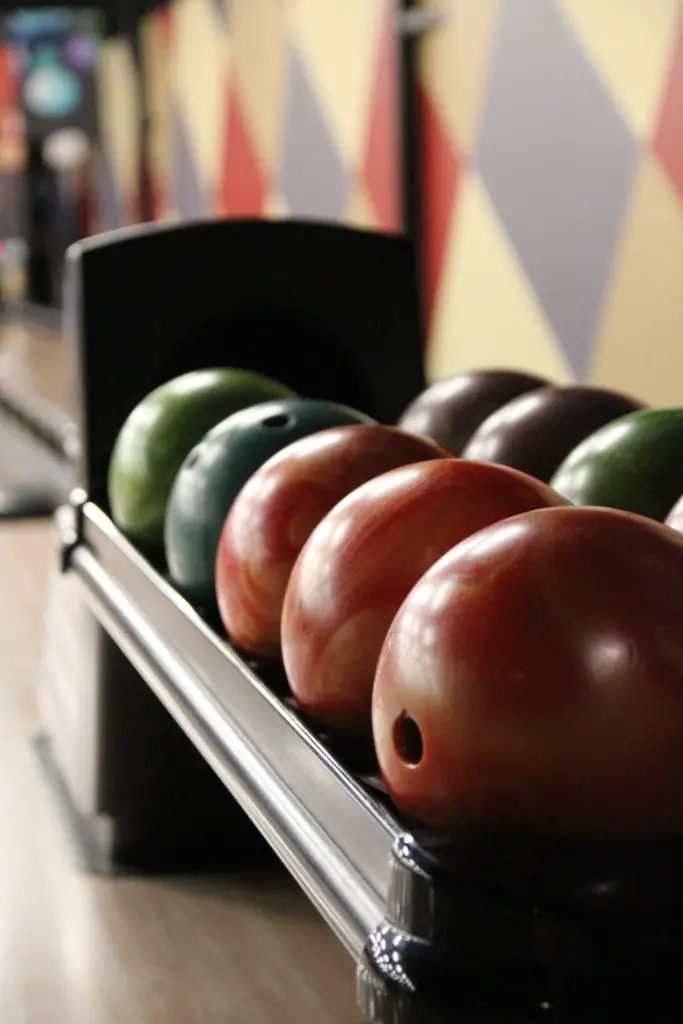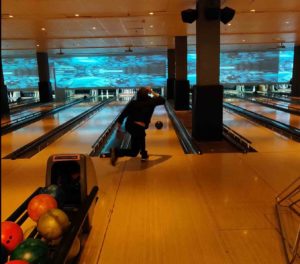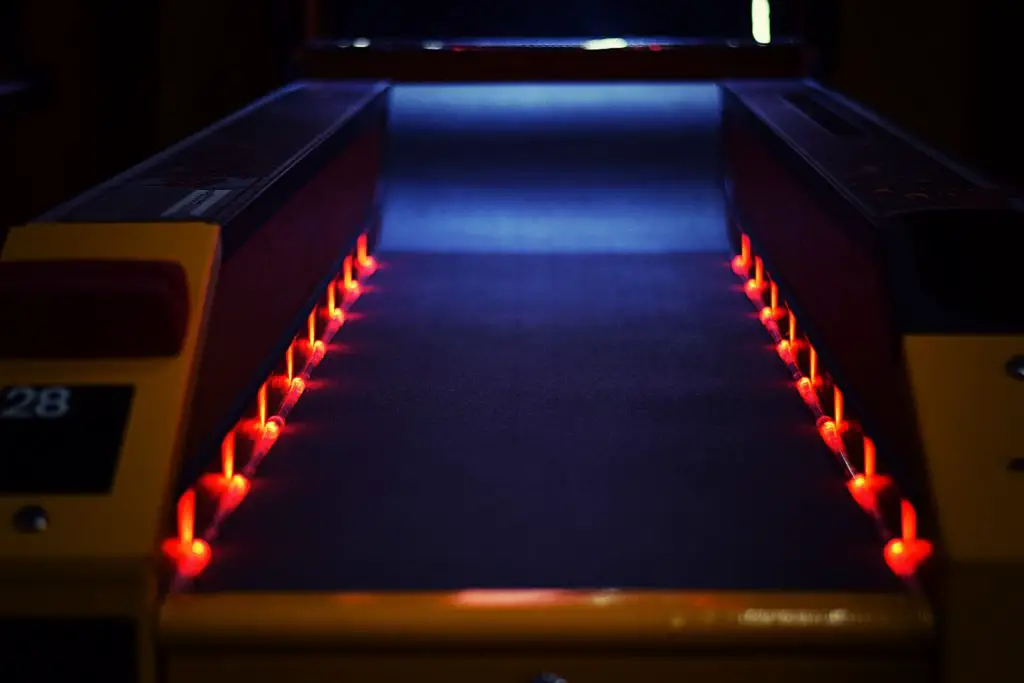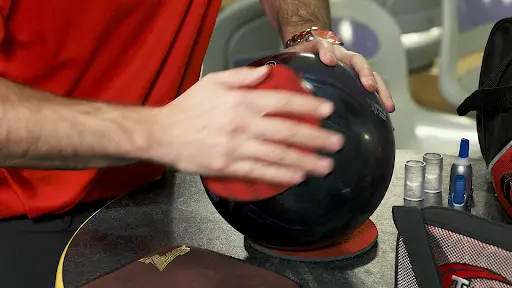
When you’re throwing a ball at a bowling machine or a lane, every part of the ball is important.
The surface of the ball is no exception. After all, how well it rolls depends on how well it slides on the surface. And that’s why bowling ball resurfacing is important. If you’re a bowler, you probably know that bowling balls start to lose their luster after a while.
They might still be playable, but they won’t ever be as slick and smooth as they used to be. If you’re not throwing the ball enough, it’s time to resurface it. Here’s how to resurface a bowling ball.
How To Resurfacing A Bowling Ball?
Bowling balls are usually made of a rubber compound. This compound has microscopic pores in it that help the ball slide easily. But over time, the pores get clogged. If the ball is used often, the pores will get more clogged. That’s when you need to perform a resurfacing process on the ball.
The steps to resurface a ball include:
Step 1: Take the ball out of the box.
Step 2: Clean the surface of the ball with a damp cloth.
Step 3: Press a strong thumb or finger on one side of the ball.
Step 4: Roll the ball over your hand several times, flipping it from left to right.
Step 5: After each roll, wipe off excess oil/lubricant from your palm with a paper towel and continue to roll over your hand again.
Step 6: After finishing all rolls, wipe off excess oil/lubricant on your hands with paper towels again and return the ball to its box.
You can use rubbing alcohol or another strong cleaner instead of water to ensure that the ball’s surface is completely clean before resurfacing it. On top of that, if you have a bowling machine in your house, you can also use that machine for resurfacing. Just make sure not to leave any residual shaving lube on either spot after resurfacing (if there’s any).
Other Ways To Resurface A Bowling Ball
You might not be satisfied with just resolving a bowling ball for better performance and playability. You might then want to look for other alternatives to resurface a bowling ball.
For example, if your bowling balls start to crack after a long period of use, you can turn those kinds of cracks into grooves by using either an adhesive or liquid molding compound.
This will then allow you to reshape the existing surface using the material to create a new character that’s more durable and looks better than the original one. Although this can be done on more than one ball at a time, it only works with rubber and fabric (high-end balls).
Another alternative is molding new inner surfaces inside a ball’s cup or shell, so the ball has more body resistance against the pins and floor. However, this does not work with steel balls as they often lose their factory-made inner surfaces in the first few months of usage.
Yet another alternative is using different materials like graphite, lead, tungsten/tungsten alloy, or lithium nitrate/carbon nitrate instead of steel.
These materials are much harder and less porous (which makes them hard) than steel, so they tend not to wear out easily over time.
As a result, using these more advanced materials in place of steel to reshape your bowling balls will give you more usable and durable ball surfaces for the whole life of your balls. Sometimes these materials could even last for a few hundred innings or longer. Then again, the performance impact for the balls can be different since those materials do not come cheaply.
But all said and done, reshaping your balls is good fun and highly recommended. It’s a game-changer when it comes to increasing the performance of your bowling balls, so this is something you should give a try if you can afford it.
Why Resurface A Bowling Ball?
Now that you know how to resurface a bowling ball, let’s look at the effects of ball resurfacing on bowling.
- Although ball resurfacing doesn’t make the ball more durable or durable, it can still greatly improve its performance and playability. That is because the ball doesn’t lose its luster after being resurfaced. It will become even smoother with every use.
- The smoother a ball slides on the surface, the less friction there is between the surface and your hand and fingers. This means you can use less force to get it rolling at high speeds. It also means that the friction is even across all ball surfaces.
- By decreasing friction, your hand will have more room to work with when throwing or gripping for maximum speed and accuracy. This also allows for more control and comfort when throwing your balls during recreational games with friends and family members. All these good things are done by reshaping one single thing – your bowling balls!
How Often Should You Resurface A Ball?
This is a little bit of a trick question. There’s no specific answer for this. On the one hand, you can do this once every two months. On the other hand, you can do this every two years. This will depend on how often you’re using your ball and how bad the ball needs resurfacing.
The ball will be in better condition if you do it more often. However, if the ball is badly needed, you’ll ruin it. That’s why it’s better to do this every few months.
How To Know If Your Ball Needs Resurfacing
One of the things that can confuse you when you’re trying to determine if a ball needs resurfacing is the ball’s color. The color of the ball can change over time. And it can also vary depending on the lighting.
You should also pay attention to how a ball feels. You can do this by throwing the ball as much as you can. It might be time to resurface if you’re having trouble getting a ball to feel right. It will get worn down if you don’t throw your ball enough. And it will get worn down to the point where it feels wrong.
Final Words: Resurfacing A Bowling Ball Is Important!
Resurfacing a bowling ball is important for two reasons. It will make the ball last longer, making the ball more durable. The ball will also last longer if you throw it as much as possible.
If you can’t throw it for a week or two, it’s better to take it out of the habit of being thrown. This will help the ball stay in better condition. Resurfacing a bowling ball is not complicated. However, it’s something that needs to be done often. And you should do this the most when the ball is in bad condition.
